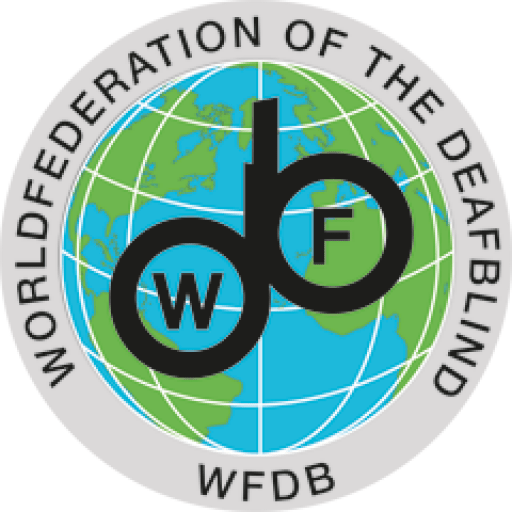
The information on this page is available in an Easy to Read format.
Click here to download the Easy to Read PDF document
Nordic definition of deafblindness
Deafblindness is a combined vision and hearing impairment of such severity that it is hard for the impaired senses to compensate for each other. Thus, deafblindness is a distinct disability.
Main implications
To varying degrees, deafblindness limits activities and restricts full participation in society. It affects social life, communication, access to information, orientation and the ability to move around freely and safely.
To help compensate for the combined vision and hearing impairment, especially the tactile sense becomes important.
Comments:
On the combined vision and hearing impairment
The severity of the combined vision and hearing impairment depends on:
-
the time of on-set, especially in relation to communication development and language acquisition
-
the degree and nature of the vision and hearing impairments
-
whether it is congenital or acquired
-
whether it is combined with other impairments
-
whether it is stable or progressive
On the distinct disability
The fact that it is hard for the impaired senses to compensate for each other means that:
-
Attempting to use one impaired sense to compensate for the other one is time consuming, energy draining and most often fragmented.
-
A decrease in the function of vision and hearing increases the need to make use of other sensory stimuli (i.e. tactile, kinaesthetic, haptic, smell and taste).
It limits the access to distance information
It creates a need to rely on information within the near surroundings.
To create meaning, it becomes necessary to rely on memory and to draw conclusions from fragmented information.
On activities and participation
Deafblindness limits activities and restricts full participation in society. In order to enable the individual to use their potential capacity and resources, society is required to facilitate specialized services:
-
The individual and their environment should be equally involved, but the responsibility for granting access to activities lies on society. An accessible society should at least include:
available and competent communication partners
available and specialized deafblind interpreting, including interpreting of speech, environmental description and guiding.
available and accessible information for everyone
human support to ease everyday life
adapted physical environment
accessible technology and technological aids
-
A person with deafblindness may encounter more difficulties in one activity and less in others. Variations in functioning might be the consequence of both environmental and personal factors.
-
Specialized competence related to deafblindness, including an interdisciplinary approach, is vital for proper service provision.

